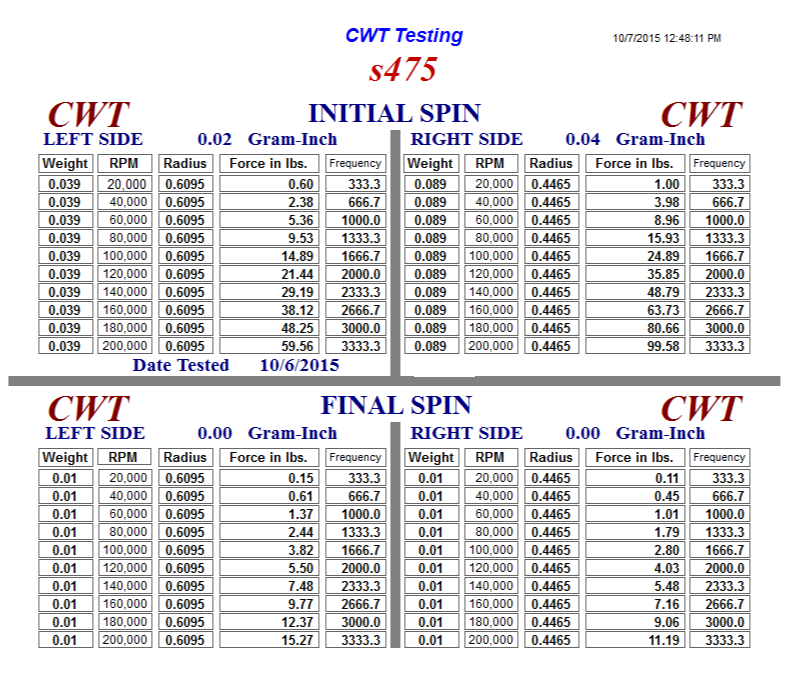Hair of the Dog
New member
- Joined
- Sep 11, 2014
- Messages
- 13
Who is actually making billet wheels for the big frame Holsets.
Not the turbo builders.
Not the turbo builders.
I really hope the OP is not planning on buying a billet wheel and slapping it in.
How big of a Holset?
I had an hc5a built by JEB modern machine, just curious if anyone knows who makes theres.
What would be the difference in buying a factory replacement wheel and putting it in place of an existing wheel and doing the same thing with a billet.
Holset parts are balanced individually so changing wheels without a balance job isn't much of an issue.
What would be the difference in buying a factory replacement wheel and putting it in place of an existing wheel and doing the same thing with a billet.
Holset parts are balanced individually so changing wheels without a balance job isn't much of an issue.

Dumb question for Zfaylor...
200Krpm is way way way beyond what a typically accepted OEM speed limit would be for a rotor group of that size. So while your chart is instructive, the high end of the data stack is a bit exaggerated, because most S475s would be in chunks at 200k (in excess of 1000 m/s tip speed).
At what RPM are you actually balancing?
Highly unnecessary for a rotor of this size to VSR.
Why ? Because you dont have equipment for it ?
Why ? Because you dont have equipment for it ?
A dynamic belt drive balancer only rotates the part at ~3000 rpm. VSR is used on smaller rotors for cars and such and those spin it up to 120,000-200,000 range. Highly unnecessary for a rotor of this size to VSR. Belt drive 2 plane dynamic balancing is what 99% of turbo shops and reman centers use on a daily basis. Whether it is an old Hines, turbomax, or my CWT they all do a decent job. The Hines units are fairly dated as far as balancing for a performance item goes though.
Of course 200k is out of the question for this rotor. The algorithm in the balancer extrapolates the data out that far to simply cover all rotor groups. The balancer actually has an ISO standard calculator built in to determine maximum rotor RPM and proper balance specs so it "knows" the rotor will not operate there. The balance sheet is an instructing tool to the customer more than anything as it shows how imbalance has a dramatic effect to bearing life.
